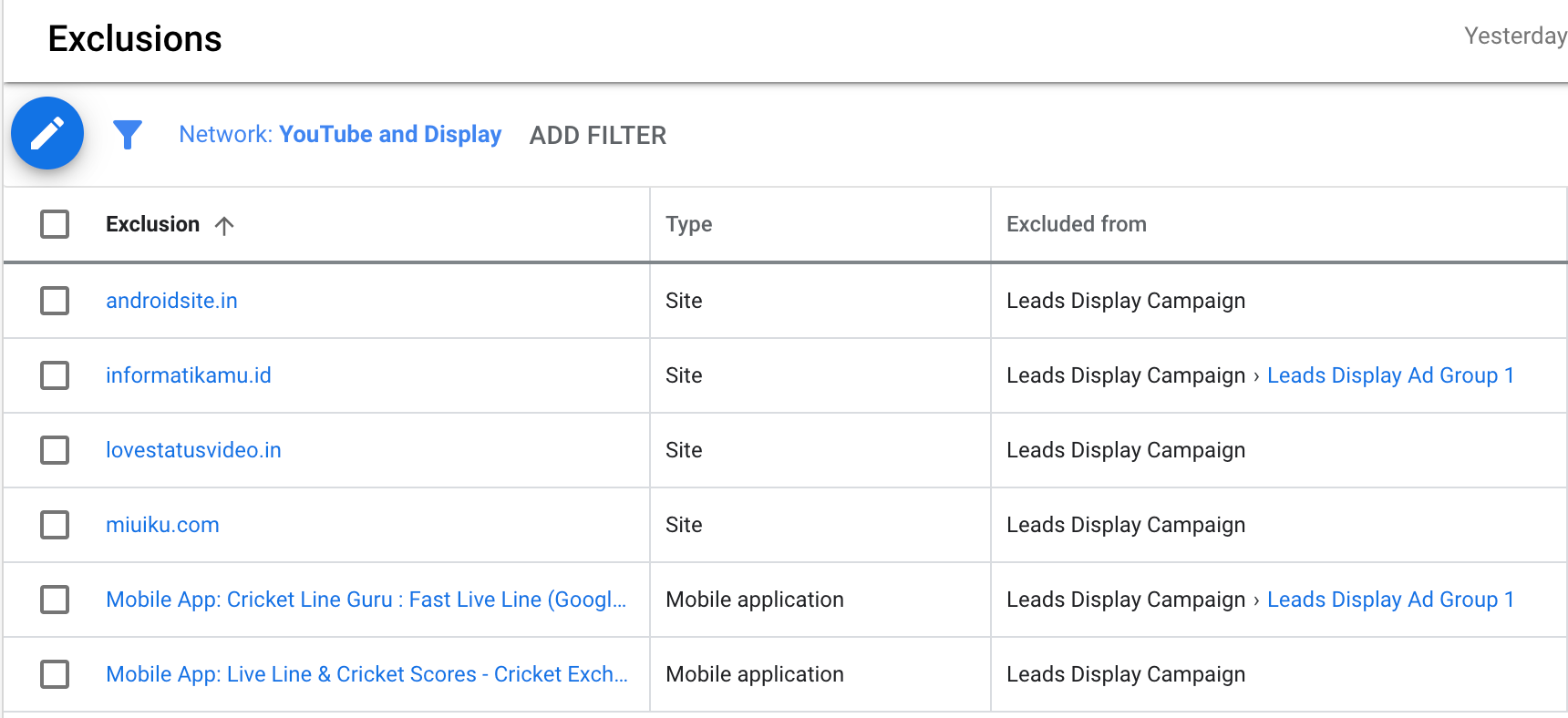Are global VPN users clicking my ads & wasting my money?
Map art by Francis Valadj, icon art by Adrien Coquet & Vectorstall, PK.
Why are people from outside my targeting settings clicking my ads?
Google’s advertising solutions are elaborate. Personally, I find Google Ads to be convoluted and anything but user-friendly. But I expect integrity from the platform when I’m spending money on it.
While running location-specific campaigns on Google Ads, I’ve noticed suspicious activity from certain engaged users. My Google Analytics is telling me users are coming to my website from an array of countries—and they’re coming in from my campaign that’s specifically targeting users in Texas.
Suspicious ad placements on a Google Display Campaign.
When I explore where my ads are being shown on a Google Display Campaign, I’m finding disproportionate ad delivery on apps and websites for Cricket fans—not exactly a popular sport in Texas.
I’m finding that my ads are delivering on Xiaomi fan community sites in Indonesia. I’m getting impressions on Android news sites from India. What is going on?
I’m making the leap and assuming that these are VPN users from across the globe. Otherwise, why would Google keep showing my ads in these regions VERY FAR from Texas? It’s either fraud, or we’re getting duped by VPN users.
My ads are also delivering on a lot of VPN apps. This corroborates my assumption that VPN users are wasting my ad spend. Free VPN apps are quite popular, and they display a lot of ads to users who don’t pay.
VPN app placements on a Google Display Campaign.
If you’re not clear what a VPN user is, it goes something like this:
A guy in India might like to protect their privacy. Or a user in China may like to pass through the Great Firewall. They can use a Virtual Private Network (VPN) application, which allows users to send and receive data across shared or public networks as if their devices were directly connected to the private network, which could be in a server anywhere in the world.
That’s why a Xiaomi phone user in Indonesia might be getting my ads. Their website activity is appearing to be from their VPN’s server location, which could be in Texas.
User location tracking on Google Analytics.
So what can we do? Google is this big corporation and I’m just a small business. Will they really take my concerns seriously?
There’s a few steps you can take upon yourself to mitigate this scenario.
First, make sure your Location Options are set up optimally on your Campaign Settings. There’s a couple options you might not notice when setting up a campaign:
People in, or who show interest in, your targeted locations
People in or regularly in your targeted locations
Location options on Google Ads.
Choose the “people in or regularly in your targeted locations” option to limit those from outside the region who may get your ads (for whatever reason Google might choose to show them outside your location).
Second, if you’re picking up country-specific traffic from your ad campaign on Google Analytics, exclude those countries from your Locations settings.
Country exclusions on a Google Ads.
Third, if you are finding suspicious ad placements—such as those Cricket apps I keep seeing—edit the settings on these placements and exclude them from your campaign.
Excluding a placement on Google Ads.
Exclusion list on Google Ads.
I hope this is helpful for anyone who has experienced a similar situation. Please reach out if you have any further inquiries. We’re here to help you on your campaigns.








